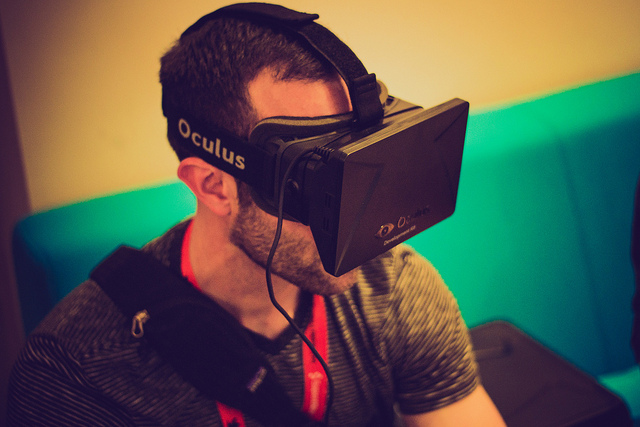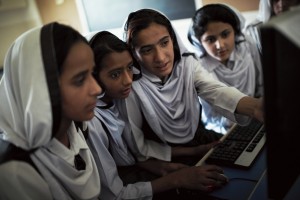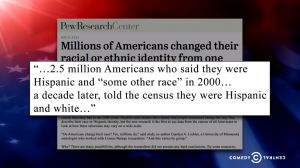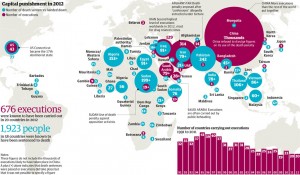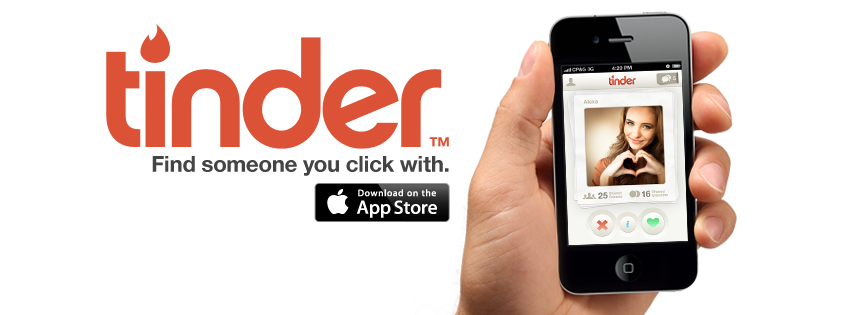
Every “single” person in the world enjoys traveling to exotic locations, eating at new restaurants, and generally trying new things according to Tinder. The dating app shows users a dating profile that takes seconds to view and is mostly photographs. However, Tinder analyst and sociologist Jessica Carbino explains that there’s a lot more nuance involved in Tinder swiping.
The app has a simple premise: it shows the user a photograph and short biography of a potential partner. The user can swipe right or swipe left. If both the user and the person whose profile is shown swipe right, a match is made and the users have a chance to exchange messages.
While the app is streamlined, the behavior of the users is quite complex. Los Angeles Magazine interviewed the UCLA PhD about her role as a sociologist for Tinder and her role in deciphering what leads to matches between users. Carbino explains “I think Tinder is far more complex than simply physical attractiveness… With photos, people are not simply looking at whether someone has a nice smile or a nice face per se.”
Through coding Tinder profiles, running focus groups, and creating surveys for people who do and do not use Tinder, Carbino has found a lot of sociology imbedded in the process. She proposes that many sociological factors, like socioeconomic status, contribute to a successful match. Simply dividing users as ‘hot and not hot’ is too simplistic and does not provide a useful or nuanced definition of what other users are looking for. Whether or not users are consciously making these distinctions Carbino notes that men with softer jawlines are perceived as kinder, women wearing make up get more matches, and that a group photo is never a good choice for a user’s first picture.
Another interesting find of Carbino’s is what users are trying to get out of the app. She found that about 80% of Tinder users are looking for long-term relationships. Given the speed of the first step of the dating process on Tinder, this high percentage seems surprising on the surface. However, finding the reasons why is precisely what Carbino is trying to figure out by casting a sociological lens over Tinder data. With a glance at a smart phone and a swipe of the thumb, the 21st century relationship is just getting started.

